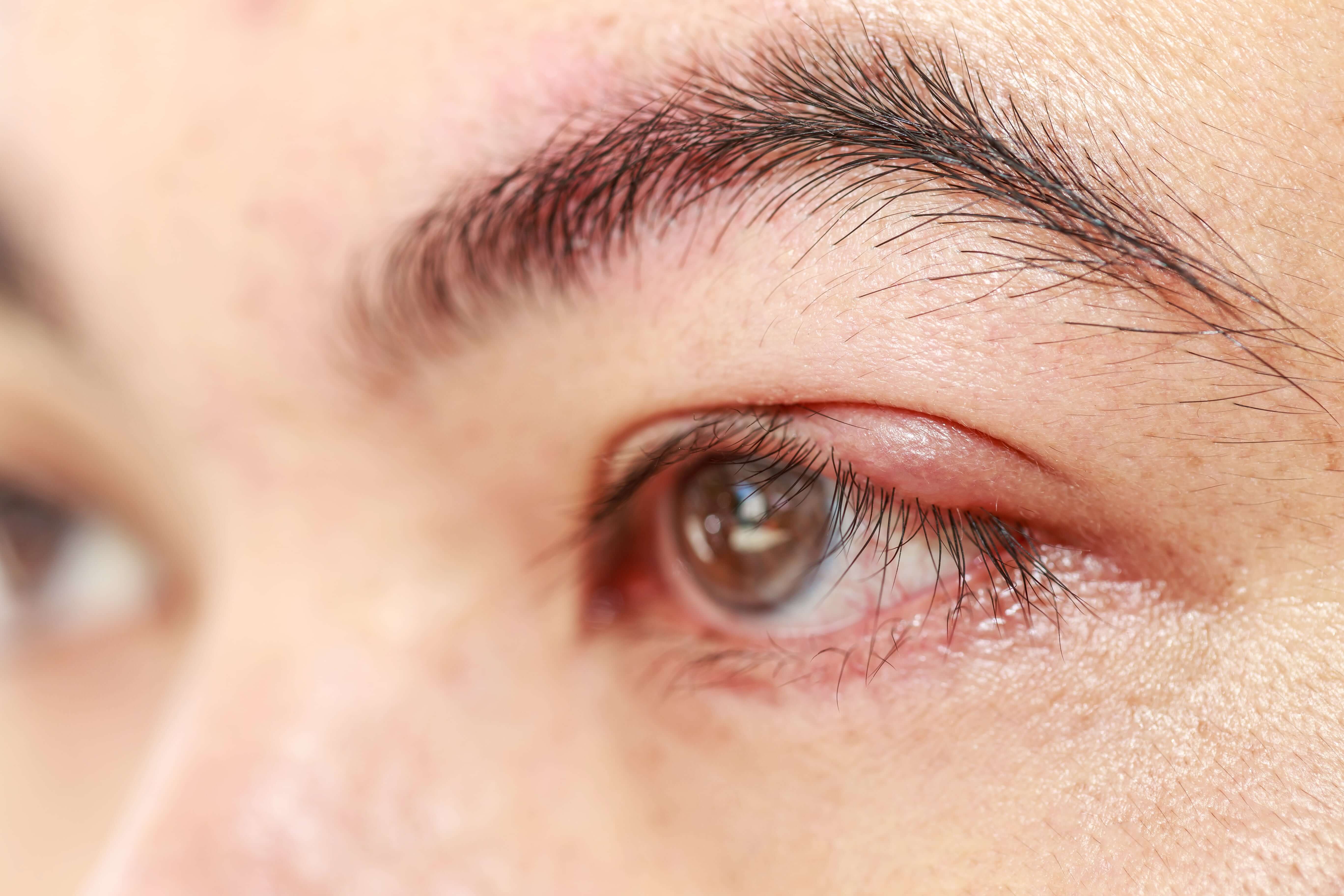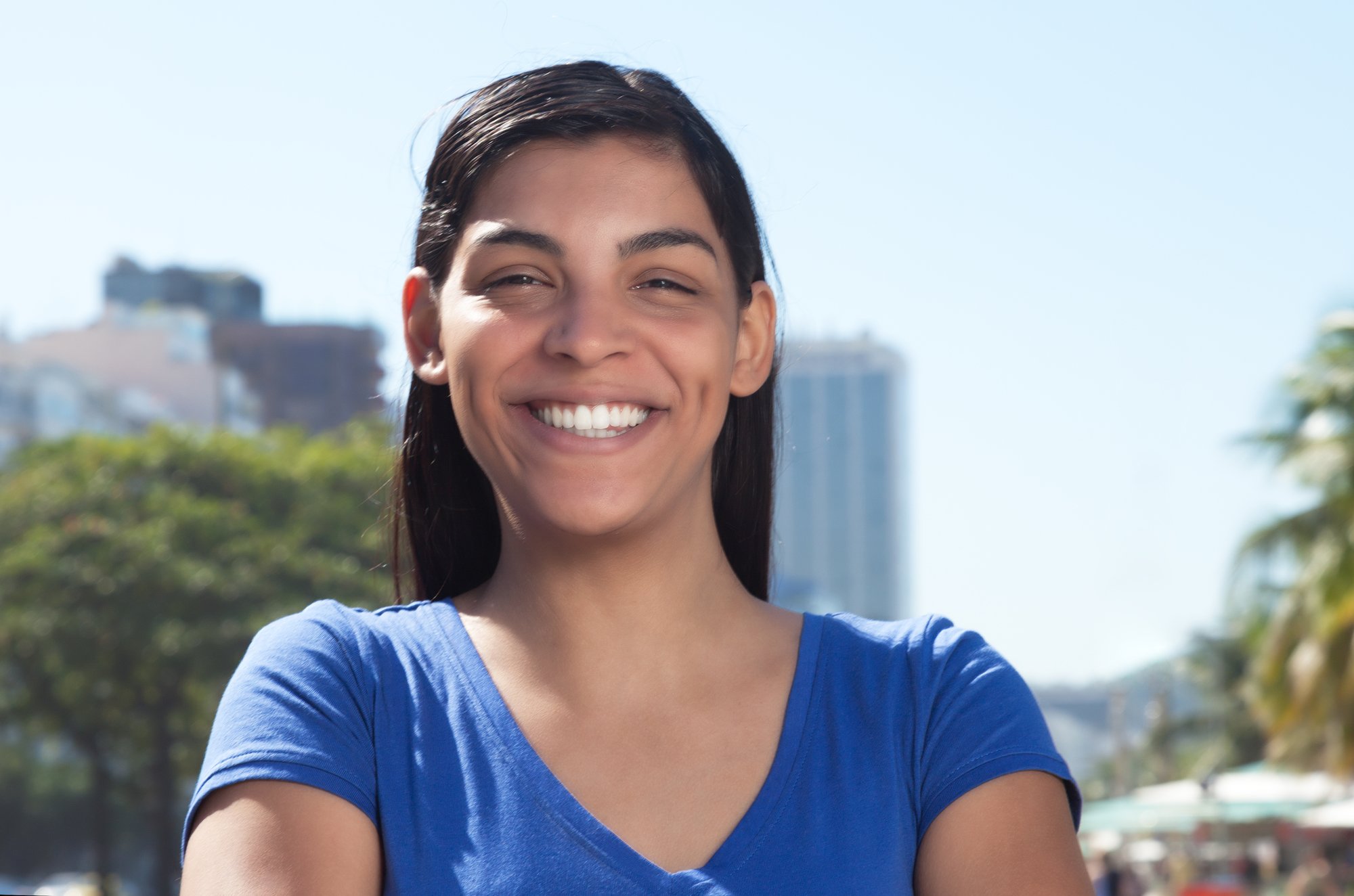Our Patient-Centric Approach to Treatment
Georgia Ophthalmologists believes to be considered as an individual is an essential part of each patient’s#VisionForLife.
Is it a stye or is it a chalazion?
The answer is both. Stye is the lay term given to different bumps that occur in the eyelids such as a chalazion or hordeolum.
-
DISCOMFORT
A chalazion can initially cause discomfort, including pain, redness and irritation.
-
SIZE
Chalazia can occasionally grow larger than the size of a pea.
-
LOCATION
A chalazion can develop on the upper or lower eyelid without location restriction.
-
RECURRENCE
The recurrence is rate with proper treatment, though new ones can form in different locations.

What treatment is available?
Usually, chalazia will heal on their own in days or weeks with no treatment, but longer may require medical treatment from your ophthalmologist.

What if a procedure is necessary?
The chalazian procedure is a simple outpatient appointment in the Georgia Ophthalmologists onsite clinic.

The Georgia Ophthalmologists Approach
If your chalazion does not heal on its own in a few weeks, schedule an appointment with us for an examination and treatment recommendations.

Patients Say
Chalazia are harmless eyelid bumps.
They usually heal on their own in a few days or weeks.
If you wake up one morning and notice a small swelling or lump on your eyelid, you may have a blocked Meibomian gland resulting in a chalazion (or chalazia if you have more than one). The meibomian glands in your upper and lower eyelids make oil that mixes with your tears to moisten and protect your eyes. Sometimes, the glands get blocked due to inflammation, and you may get a chalazion. Infection can cause a chalazion but that is a rare occurrence.
Chalazia are more likely to appear on your upper eyelid, though they sometimes show up on the lower eyelid. You may develop them in both eyes at once.
1CONSULTATION
During your consultation, your eye care provider will examine the eyes and eyelids to confirm a diagnosis. No special tests are needed. Your doctor will determine the status of your chalazion, and which treatments will be most effective for you – usually medication and warm compresses, but in advanced cases, a simple surgical procedure.
2SCHEDULE AN APPOINTMENT
If a procedure is recommended, you’ll schedule an appointment time that works for you, using our easy scheduling system. Plan to have someone drive you to and from the appointment. Plan for about 90 minutes in our office, however the procedure usually lasts about 20 minutes.
3THE PROCEDURE
Your appointment will take place in Georgia Ophthalmologists’ onsite clinic. Before the procedure, you’ll be given local anesthesia, so you won’t feel anything during the procedure.
Once the anesthesia has taken effect, the surgeon performs these steps:
- Uses a chalazion clamp to secure the lesion and allow for the eyelid to be inverted
- Makes a small incision on your inner eyelid
- Removes the contents of the chalazion
- Uses heat to eliminate and bleeding
- At the end, a patch is placed over the eye to provide comfort
If you get chalazia frequently, they may follow up by doing a biopsy on the contents of the chalazion to check for potential underlying causes.
The actual procedure takes about 20 minutes, but the full process, including preparation, takes around 90 minutes.
Dr. Jose Bigles
Dr. Jose Bigles is a fellowship-trained refractive surgeon experienced in treating a wide variety of ophthalmic disorders, and specializing in restoring vision through cataract and Lasik correction. He has extensive experience in treating and removing chalazia. Contact our office to schedule an examination to diagnose and treat your medical condition.
LEARN MOREFAQ
-
What causes chalazia?
The meibomian glands in your upper and lower eyelids make oil that mixes with your tears to moisten and protect your eyes. Sometimes, the glands get blocked because of inflammation, and you may get a chalazion. Infection can cause a chalazion but that is a rare occurrence.
-
How do you treat a chalazion?
Usually, chalazia will heal on their own in days or weeks with no treatment. One home remedy is to apply warm, moist heat with gentle pressure to the affected eyelid several times daily for about 10 minutes at a time. Make sure you wash your hands before you touch the area. The heat of the compress can help the thick oil in a chalazion become thinner, allowing it to flow out of its gland or drain better.
If the chalazion does not drain and heal within a month, contact your ophthalmologist. He may give you instructions on how to take care of it to help it heal. He may also suggest you use eye drops or ointments. On the rare occasions the simpler treatments don’t work, your doctor may prescribe oral medicine, or recommend a surgical procedure to eliminate the problem. The procedure is an effective treatment but chalazia can recur, sometimes in the same spot.
The choice of treatment depends on several different factors, and your ophthalmologist will explain the various options along with the benefits and risks of each.
-
Can I prevent a chalazion?
It’s not always possible to avoid getting a chalazion, especially if you’re prone to this type of eye problem. But there are a few things that you can do to prevent this condition:
- Always wash your hands before touching your eyes.
- Make sure that anything that comes in contact with your eyes, such as contact lenses and glasses, is clean.
- Wash your face to remove dirt and/or makeup before going to bed.
- Throw away all old or expired makeup.
Georgia Ophthalmologists provides treatments as part of its dry eye clinic to help improve the health of your eyelid glands and in turn prevent the development of chalazia. These include LipiFlow and/or IPL (Intense Pulse Light).
Chalazia are more common in people with inflammatory conditions like seborrhea, acne, rosacea, chronic blepharitis, or long-term inflammation of the eyelid. They’re also more common in people with viral conjunctivitis or an infection covering the inside of the eyes and eyelids.
If you have a condition that increases your chance of developing chalazia, follow your doctor’s instructions to help control them.
Vision For Your Lifestyle
SURVEY FOR CATARACT PATIENTS
You have an important decision to make about your vision future. This survey is designed to help us understand your vision goals so we can provide you with the best possible lens for your lifestyle.
-
General Contact info@georgiavisioncare.com
Contact an Office
-
Phone (770) 786-1234
Fax(770) 385-0813

